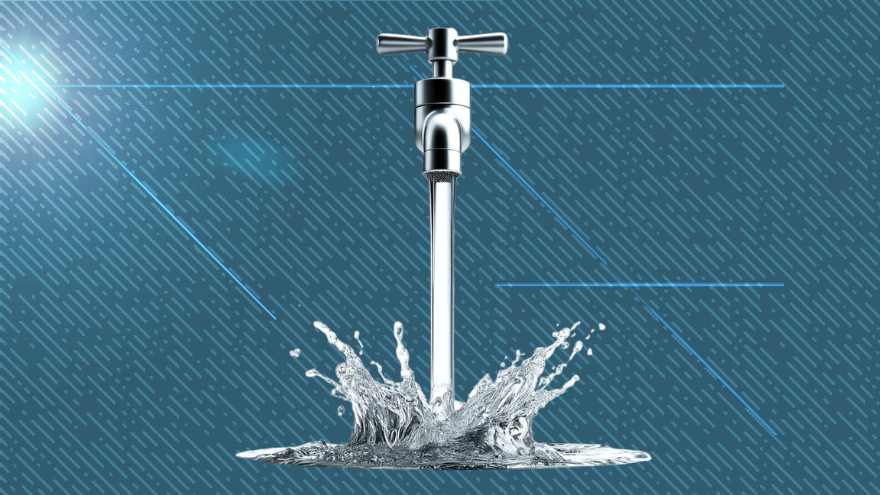Researchers from King’s College London, in collaboration with MIT and the Helmholtz Institute for Renewable Energy Systems, created the new system, whch produces consistent levels of water using solar power at a cost more than 20 percent cheaper than traditional methods. “By offering a cheap, eco-friendly alternative that can be operated off the grid, our technology enables communities to tap into alternative water sources (such as deep aquifers or saline water) to address water scarcity and contamination in traditional water supplies,” Dr. Wei He, from King’s College London’s Department of Engineering, said in a statement about the project. Details of the study, including a cost analysis, were recently published in the journal Nature. The process used by the research team involves separating salt using specialized membranes, which channel salt into a stream of brine, leaving only fresh, drinkable water. The device is able to regulate the voltage and rate at which salt flows through the system to adjust for variable sunshine and produce fresh water in most conditions. Researchers first gleaned data in the village of Chelleru, near Hyderabad, in India, then recreated the conditions in New Mexico, successfully converting 10 cubic meters (roughly 2,641 gallons) of fresh drinking water. This amount, as detailed in the statement, is enough for 3,000 people per day, with the system running regardless of cloud coverage and rain. He says that roughly 25 percent of the world’s population face “extremely high” levels of water stress, which increases the likelihood of water scarcity. Worldwide, 56 percent of groundwater is saline and not suitable for human consumption, He explained. In India, 60 percent of land holds undrinkable saline water, underscoring the pressing need to desalination systems to provide fresh, cheap drinkable water at scale. “Traditionally, desalinating water has been energy-intensive and costly, confining its use to areas with stable power and financial resources,” He said. “By removing the need for a grid system entirely and cutting reliance on battery tech by 92%, our system can provide reliable access to safe drinking water, entirely emission free onsite and at a discount of roughly 22% to the people who need it compared to traditional methods.”Scientists have developed new technology to convert saltwater into fresh drinking water, which could help the 1.6 billion people in rural areas worldwide who face water scarcity.
Technology /
Scientists Develop Low-Cost, Solar Powered Water Desalination Technology
New system provides enough clean drinking water for 3,000 people per day

*For corrections please email [email protected]*
